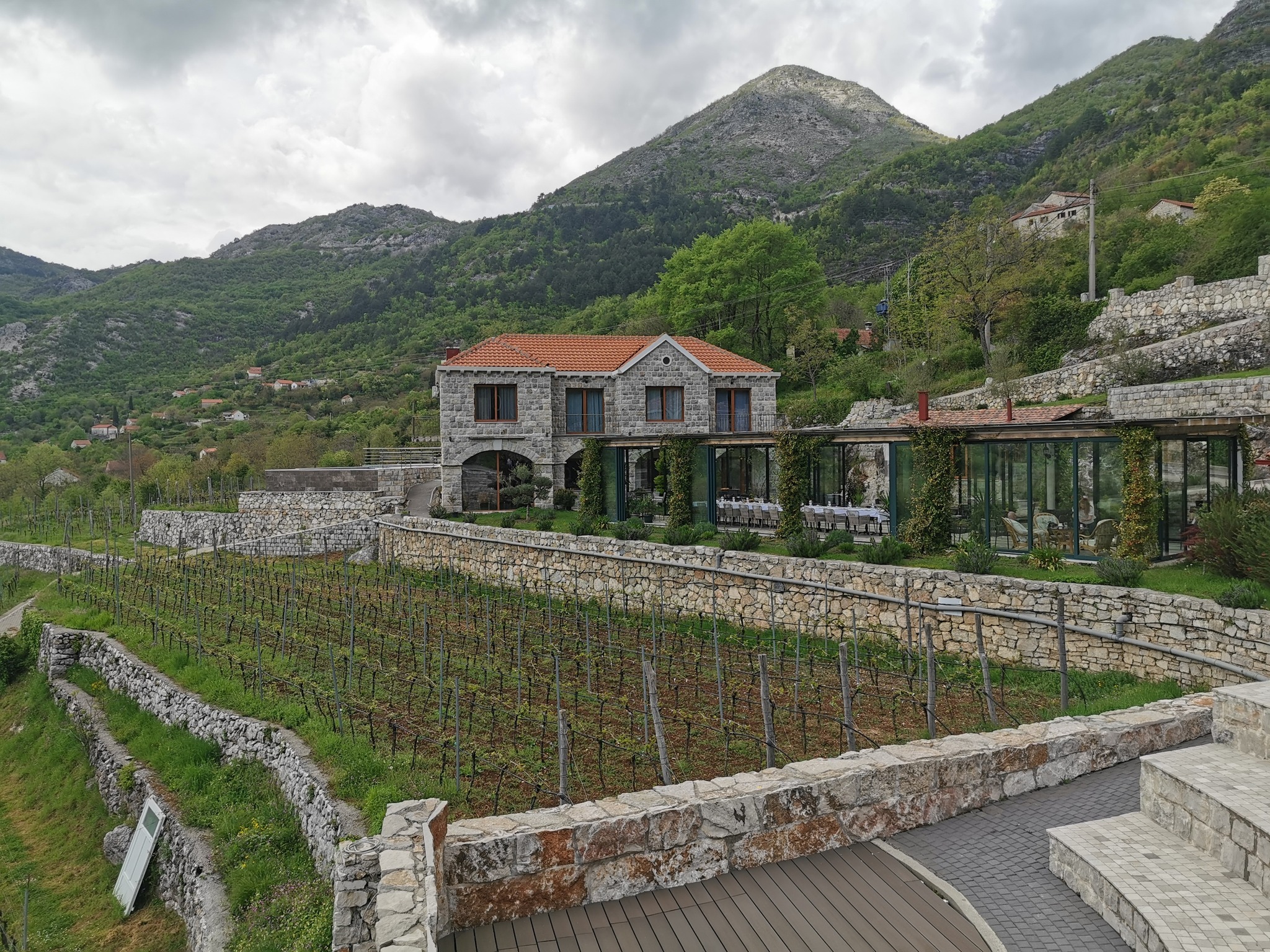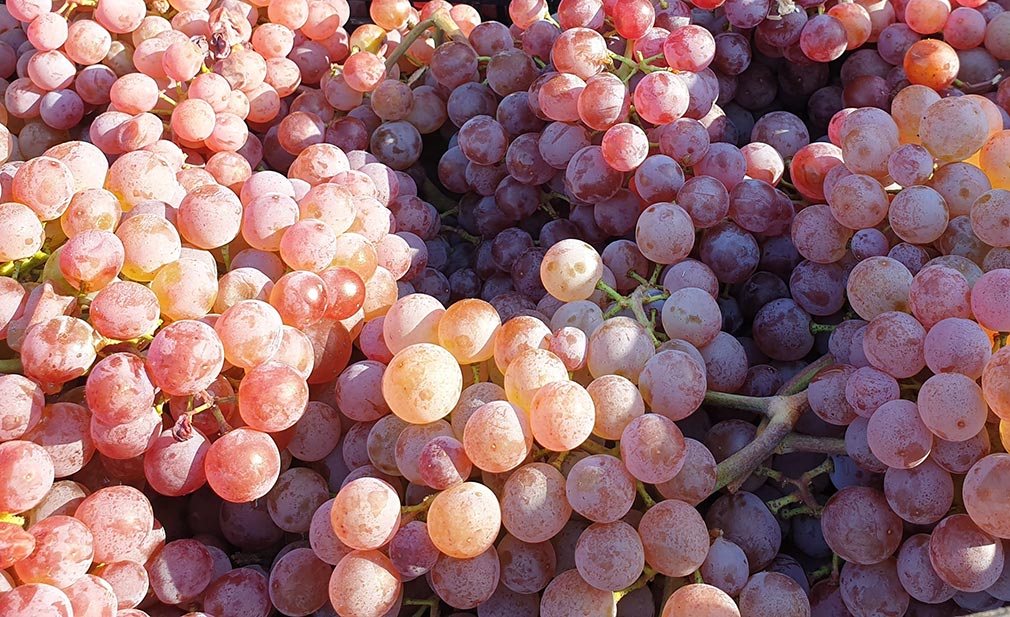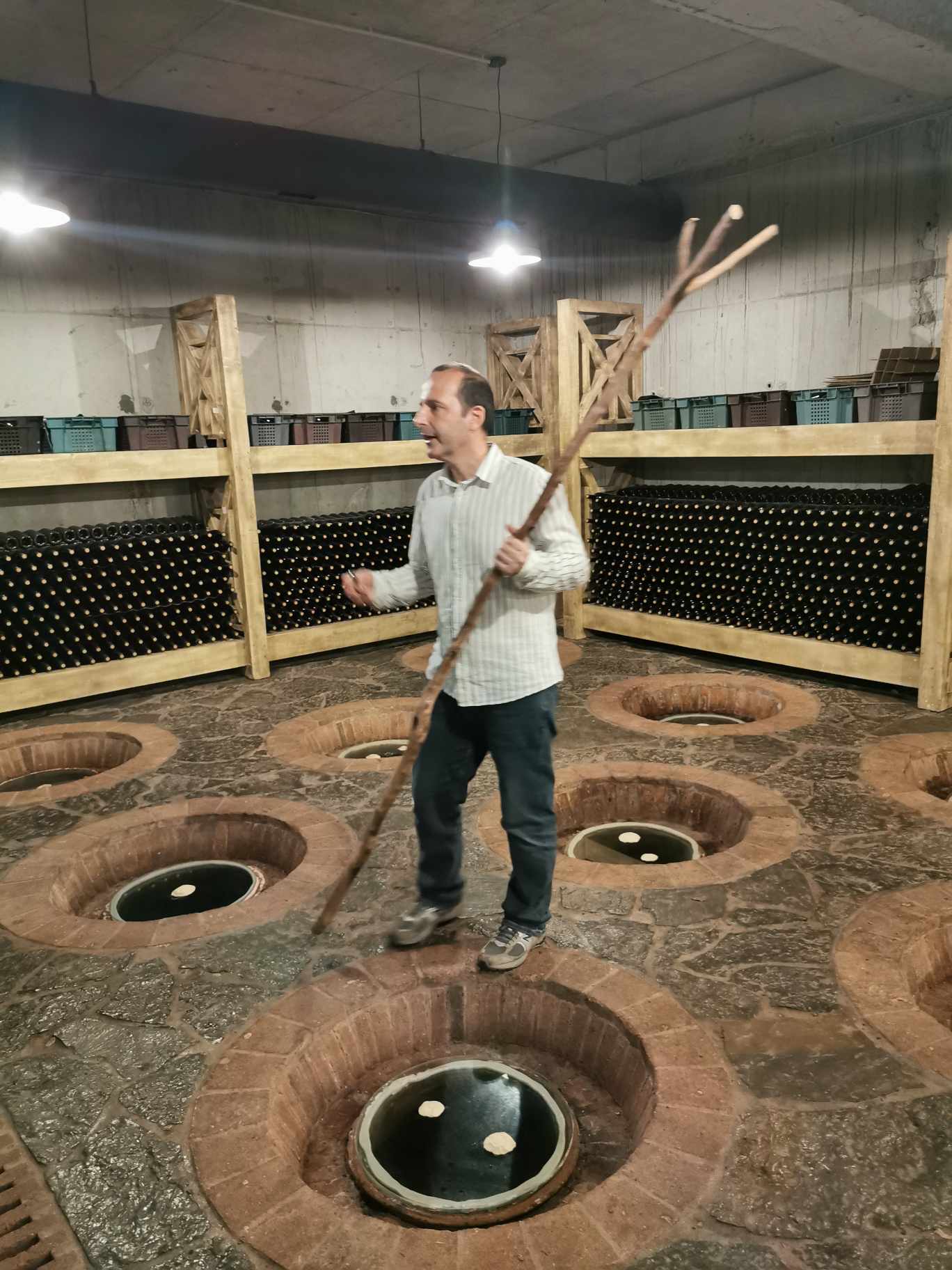News
News / 08/22/2016 / 2038
Accidentally, I came across a copy of the Serbian daily newspapers from the period preceding the World War II. While I was leafing through them, page with classifieds grabbed my attention. Predominantly, they contained announcements for local events and services provided by various craftsmen. However, I noticed a text box with the following advertisement:" J. P. NEŠIĆ CELLAR - Belgrade, Uskočka Street No. 8 - Unmatched quality, unbeatable price! Wholesale and retail. Stocked with excellent Smederevo wines (both red and white), reputable Malaga of Smederevo and Muscat of Hamburg wines can be purchased only in our wine shop. We also recommend all other local wines (both old and new) and all types of eau-de-vie."
Hmm, Malaga of Smederevo? Evenmore, it's "reputable" !!! Wine history of Serbia represents a treasure chest of information and data about our recent past, which is still waiting to be discovered. During an encounter with Smederevo winemakers following this discovery, my innate curiosity led me to ask them whether they knew that a wine called Malaga of Smederevo (Smederevska Malaga) had been produced in the past. But their answer was mostly in the form of a negative head shake or shrug.
Malaga, Malaga ... Of course, the first thing that came to my mind was the sweet fortified wine from the eponymous town in Andalusia (Spain), which is made from Pedro Ximenez and Muscat of Alexandria varieties. Hmm, is it possible that a wine resembling Malaga used to be produced in the town of Smederevo in Serbia before the Second World War? And what made this wine completely forgotten eventually? This mystery deserves to be solved.
______________________________________________________________
I discovered the first clue in the newspaper "Voice of the Danube Region" printed in 1928. A written story about the tour of the wine cellar owned by Smederevo Winemakers' Cooperative which once stood in the vicinity of the present-day green market in Smederevo. And bingo! The wine cellar was apparently a popular attraction in Smederevo which attracted many tourists because "it wouldn't make sense to visit Smederevo without taking an opportunity to see this wine cellar, just as it does not make sense to come to Dubrovnik and skip seeing Lokrum. It could be said without exaggeration that the wine cellar attracted more foreigners than Despot Đurađ's Fortress. There you can see a large number of glass containers for wine, modern equipment for grape crushing and other things. But foreigners probably would not be so interested to visit it if the wine cellar staff weren't so hospitable and generous. You should know that whoever comes to the cellar to study it from the "scientific side", he/she would be honored with the most expensive - Malaga wine. And this is not a mere welcome drink, because Malaga is a very pleasant, but at the same time, quite strong wine, and after a few glasses, its "beneficial effect" starts. Then, everything looks bright and pleasant. I have had an opportunity to observe a group of seniors from a girls' school in Zagreb on a school trip. After sightseeing, they were also taken to the wine cellar and offered Malaga wine. Malaga, as always, works its way. And the girls couldn't remain indifferent, so, quite naturally, they started singing. This was followed by the group's hugging, cheering and praising Smederevo and inhabitants of Smederevo. Later on, they told us that they experienced the most cordial welcome in Smederevo, and they will remember forever the wines of Smederevo. "Apparently, the journalist captures very vividly the notion that Malaga was the favourite among the schoolgirls. So it is possible that Malaga was a sweet wine.
________________________________________________________________
Then I thought that maybe an aromatized wine resembling Bermet was produced in Smederevo, given that Smederevo is much closer to Fruška Gora than Spain. Hmm, if this theory proves to be true, it will destroy the entire myth about Bermet from Fruška Gora ... Nay, this can't be possible ... Certainly, Malaga can't be another word for Bermet.
On October 1st, 1930, Just Ušaj (1890-1975) was appointed as the head of the Smederevo Winemakers' Cooperative. He was born in the village of Plače in Ajdovščina (Slovenia) and he was an oenologist, trained at the School of Viticulture in Austria (Klosterneuburg). Prior to his relocation to Smederevo, he used to work as an oenologist on the court of Montenegrin King Nikola I Petrović. Just Ušaj remained the general manager of Smederevo Winemakers' Cooperative until his retirement in 1955. Ušaj significantly improved wine production in Smederevo, and it is also worth mentioning that he created classification system for Smederevo wines produced in the cooperative. Wine portfolio of the cooperative consisted of the following wines: Smederevka, "Golden Hill" (premium Smederevka from the vineyards on the plot called Golden Hill), Muscat of Hamburg, red blend labelled "Thunder", Tamjanika, Vermouth.... Vermouth!!! Then it's highly improbable that Bermet was produced in Smederevo if they had already mastered production of Vermouth ... So, this theory should be rejected! Winemakers from Sremski Karlovci can sigh with relief. Just Ušaj used a special blend of herbs for production of Vermouth which he called "Zelište of Savoy".
_______________________________________________________________The book Wine Grapes (authors: J. Robinson, J.Vouillamoz, J.Harding) makes no mention whatsoever of Málaga on the territory of former Yugoslavia. However, in some Croatian sources Malaga is referred to as a synonym for Muscat of Alexandria. Hmm, this could mean that we are on the right track ...
The book Wine Grapes also confirms that Malaga is a synonymous name for Muscat of Alexandria. Is it realistic that Muscat of Alexandria was cultivated in Smederevo vineyards until the beginning of World War II? Muscat of Alexandria and Muscat Blanc a Petits Grains were widespread throughout the Mediterranean, particularly in Greece. As we know nowadays that Tamjanika is widely present in Serbia and represents a local clone of Muscat Blanc a Petits Grains, then it is very likely that Muscat of Alexandria was also present in former Yugoslavia. Particularly because Muscat of Alexandria is also present in neighbouring Romania where it is known as "Tamâioasa de Alexandria".
This theory makes sense, particularly if we take into account that Muscat of Alexandria is also used for production of "genuine" Spanish Malaga. That would explain the same name of wine produced in Smederevo.
So, less than a hundred years ago, sweet Muscat wine called Malaga of Smederevo was produced in the vinegrowing region of Smederevo (Serbia) and nowadays we just have written evidence about it... It is a pity that we no longer find Muscat of Alexandria in Smederevo vineyards because it means that we have lost a part of our wine history. Therefore, new generations of Serbian winemakers have to discover what our ancestors knew so well.

Tomislav Ivanović
Awarded wine writer, wine critic and contributor to selected wine magazines. WSET3-certified author and editor-in-chief of www.vinopedia.rs. Member of Vojvodina Sommelier Association. Juror in national and international wine competitions. Lecturing about wines of Serbia and the Balkans. Local partner of Wine Mosaic organization. Co-founder of International Prokupac Day.

Pročitajte i druge članke iz ove rubrike:


VRANAC NA RASKRSNICI
PROČITAJ VIŠE


BALKVIWINE 2025 BEOGRAD
PROČITAJ VIŠE


KRATOŠIJA PROBUDILA CRNOGORSKE VINARE
PROČITAJ VIŠE


VINOPEDIA TOP 10 2024
PROČITAJ VIŠE


GIUAANI - VINSKI TURIZAM NA GRUZIJSKI NAČIN
PROČITAJ VIŠE
Winner MILLESIMA BLOG AWARD 2016

Pobednik MILLESIMA BLOG AWARD 2016
VINO & FINO wine personality of the year 2016

VINO & FINO vinska ličnost godine 2016